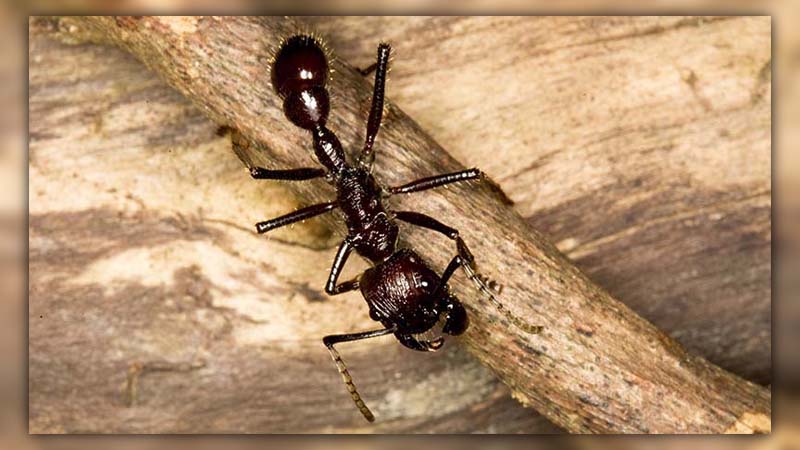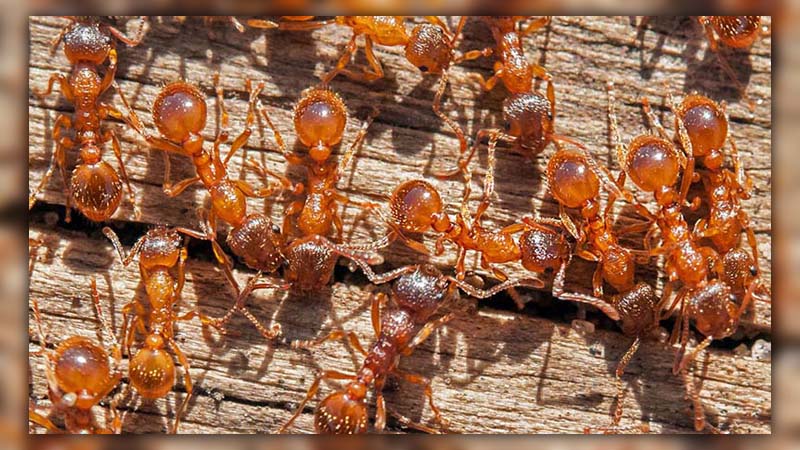Welcome, fellow ant enthusiasts, to a revealing journey into “22 Ants Facts” that will astonish and deepen your appreciation for these six-legged marvels.
Whether dealing with an infestation or driven by curiosity, we’ll venture into the diverse and complex world of ants.
From their incredible strength and communication to habitats and feeding habits, be prepared to uncover some of the earth’s most successful inhabitants’ lesser-known and intriguing aspects.
Whether you’re just curious or trying to defend your home, this information is sure to pique your interest and help you better understand these amazing creatures.
There are over 12,000 species of ants worldwide
Talk about diversity! From tiny thieves to giant warriors, these creatures show an incredible range of adaptations and behaviours, constantly defying our expectations.
The most painful ant species bite in the world!
The infamous Bullet Ant takes this honor. Its sting has been likened to being shot – hence the name. Not an encounter you’d want to have!
Fire ants inflict damages exceeding £3 billion every year!
Fire ants are not just a nuisance, they’re a costly one. With their destructive tendencies, these tiny invaders wreak havoc that hits our wallets hard!
Ants are the longest-living insect species
Impressive, isn’t it? Queen ants can live for decades, outliving most other insects by a considerable margin. If you’re interested in delving further into the ants lifespan, you can read more about the ants’ life here.
Ants have the fastest movement in the animal kingdom
The Saharan Silver Ant wins this race. These ants can travel a meter per second! Try keeping up with that.
Source: antARKTV
Ants can be found everywhere except the South Pole
Ants are found on nearly every landmass on Earth, thriving in various ecosystems such as forests, grasslands, and urban areas.
However, Antarctica’s extreme cold, lack of food, and frozen terrain make it inhospitable to ants. So, while they are found on every other continent, they are indeed absent from Antarctica.
Ants are social insects that live in colonies
Unity is their strength! Working together, they build complex nests, find food, and defend their home.
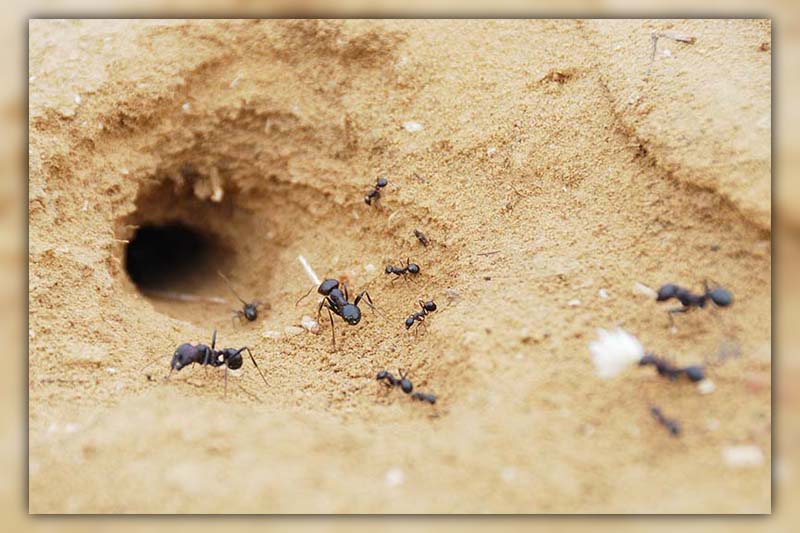
Ants do not have ears, and some of them lack eyes!
Ants lack traditional ears, sensing vibrations through specialized sensors in their legs and body.
Some species even lack eyes, particularly those in dark environments like underground tunnels, while others rely more on chemical signals to navigate and communicate.
Ants have specific tasks
Ants within a colony are assigned specific roles such as foraging, defense, or caring for the young. This division of labor allows for efficiency and survival, reflecting a complex social structure that’s also found in human societies.
There is an ant species that has only female individuals
Meet the Amazon ants or Mycocepurus smithii, consist only of females, reproducing through a process called thelytokous parthenogenesis.
This rare reproductive strategy allows eggs to develop into female ants without mating, creating a population entirely devoid of males.
Ants can become zombies
Absolutely! Certain parasitic fungi can infect ants, taking over their bodies and turning them into so-called “zombie ants”.
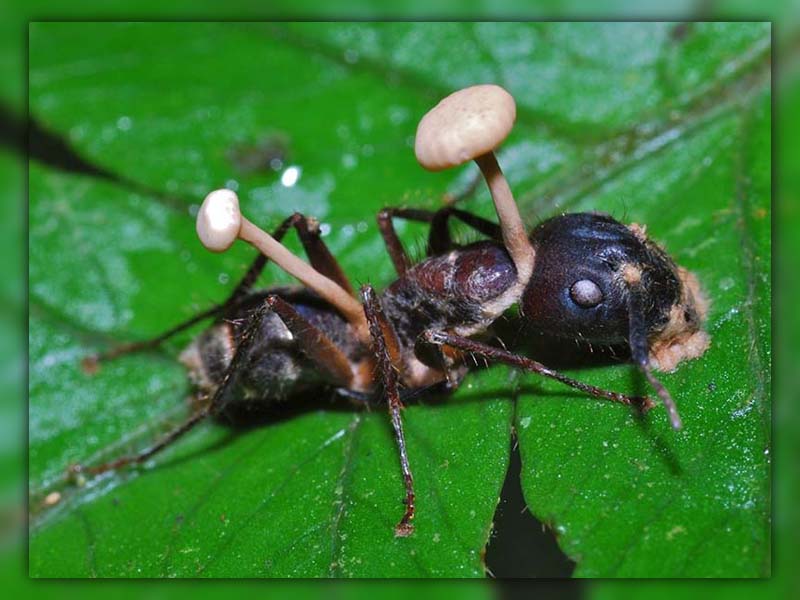
Ants can lift objects weighing 10 to 50 times their body weight
It’s like you or me lifting a car! These tiny powerlifters certainly punch above their weight.
Ants live as long as Dinosaurs
Sounds unbelievable, right? But ants have been around for more than 100 million years, sharing the earth with our extinct reptilian friends.
Ants have conquered the globe like Humans
From deserts to rainforests, ants have adapted to survive in diverse habitats across the globe, much like us.
The largest ant species measures up to 2.4 inches in length
That’s the size of a small candy bar! The Giant Forest Ant takes the crown here.
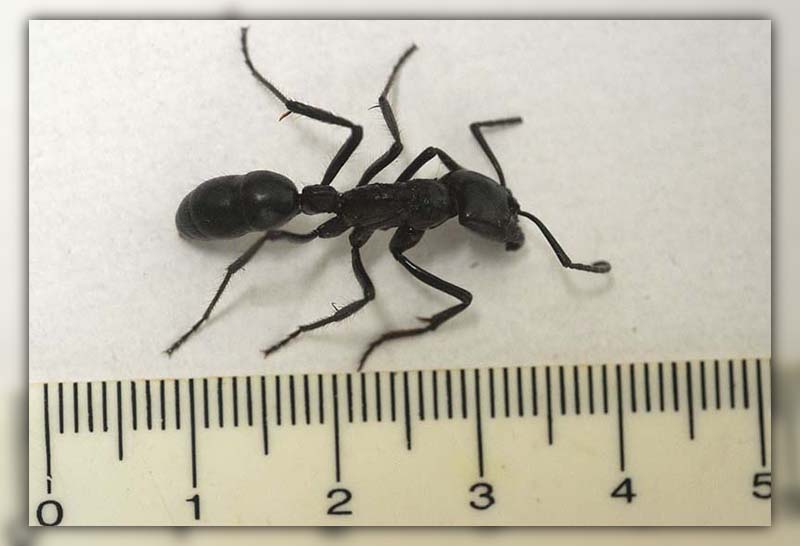
Ants “Talk” Using Chemicals
Ants communicate using pheromones, chemical substances that allow them to convey messages within the colony.
These chemicals signal various intentions such as alarm or food locations, providing a complex and effective communication system.
Some Ant Species practice a primitive form of slavery
It’s a tough ant world out there. Some species invade other colonies, stealing their pupae and making them work in their own colonies.
How many ants are in the world?
Hold onto your hats – it’s estimated there are ten thousand trillion ants globally. That’s a lot of six-legged friends.
Ants engage in Agriculture
Farmers in their own right, such as leafcutter ants, engage in agriculture by cultivating a specialized fungus.
They cut leaves and use them to grow the fungus, which serves as their primary food source. This mutualistic relationship is a remarkable example of insect agriculture.
Ants have the ability to work in teams
Working together, ants can accomplish incredible feats, like building bridges with their bodies.
Ants have a diverse feeding habit
From plant nectar to other insects, ants have a varied diet that helps them thrive in different environments.
Ants exhibit the theory of polyethism
This means that ants have different jobs based on their age. Younger ants usually work inside the nest while older ants venture out.
There we have it – ant facts! From zombie ants to farming ants, there’s a whole world of fascinating facts to explore about these six-legged wonders. Remember, understanding is the key to co-existing with these impressive critters.
A handful of astonishing facts about ants. Ants continue to fascinate us with their diversity, resilience, and social behaviors.
What a journey we’ve taken through the “22 Ants Facts“! If you’re eager to learn more, hop on over to our detailed guide on ant control or explore other fascinating pests on PestWeek. Remember, knowledge is power and sharing is caring, so don’t hesitate to pass on these ant-tastic facts with friends and family!

Calina Mabel has over 15 years of experience in the field of journalism and communications. Currently, Calina Mabel is the Content Writer for categories such as Cockroach, Ants, Bed Bugs, Mosquito, Rodent, Termite, and Flies on Pestweek.com. She aims to build content for these categories with a focus on providing valuable and accessible information to readers, in order to create the world’s largest knowledge community about Pests.
All content written by Calina Mabel has been reviewed by Emily Carter.


